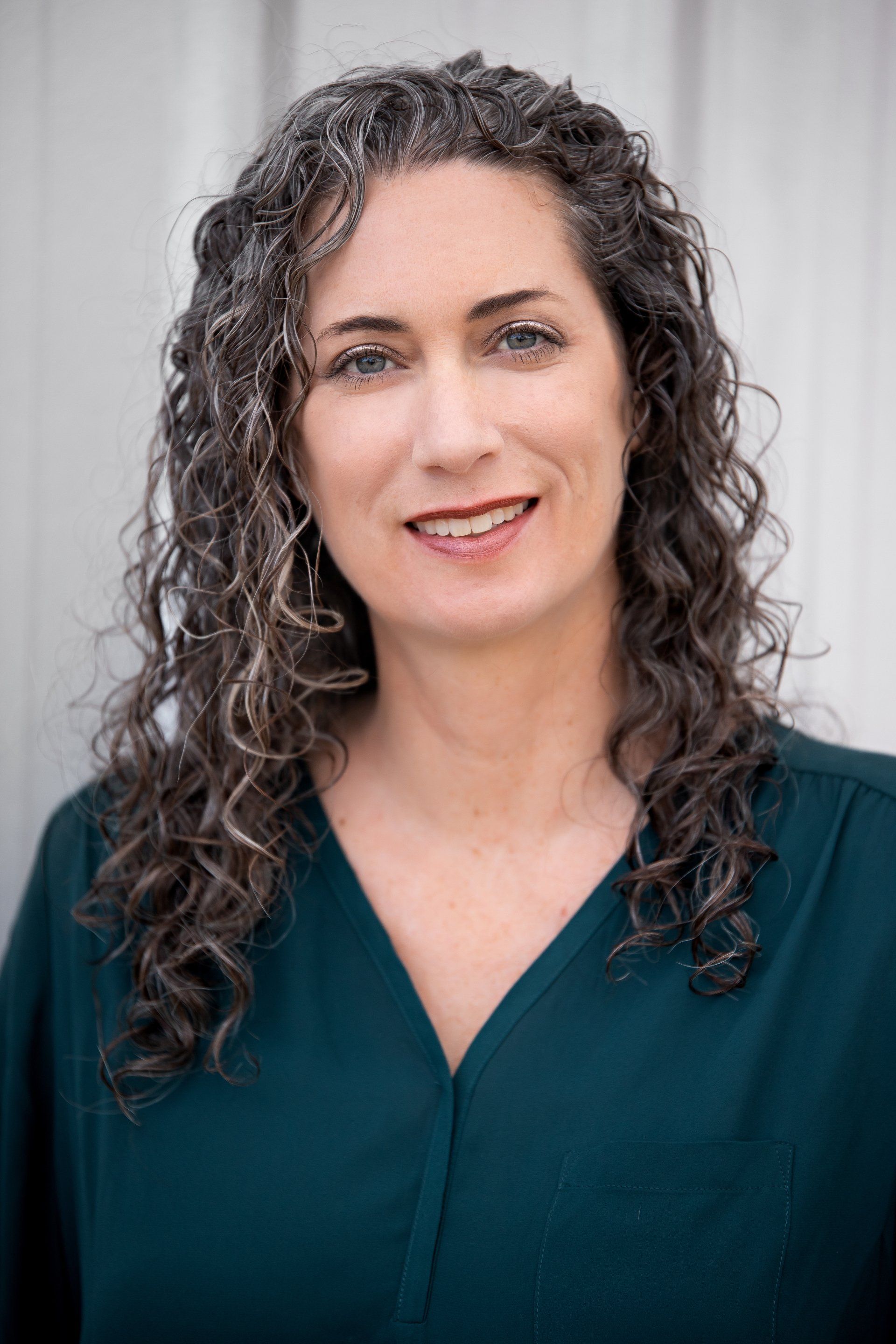Language Creates Reality: How Words Transform Organizations
One of the most consistent pieces of feedback we receive from our clients surprises people.
It's not about the specific leadership skills they've developed or the strategic insights they've gained. Instead, they tell us how much they value having established a common language within their organizations—a shared fluency that helps teams find common ground, define shared meaning, shape culture, and navigate organizational tensions together.
This feedback touches on something I'm deeply passionate about: how we collectively create meaning in our lives and organizations through discourse. It sits at the intersection of education, sociology, and organizational culture—areas where my curiosity naturally gravitates.
In a recent alumni masterclass, Pete Behrens, founder of Agile Leadership Journey, made an observation that perfectly captured this phenomenon: "While the models and approaches we teach haven't changed, the way we talk about them continues to evolve."
Words come in and out of favor. Some become exhausted, losing their power and relevance in the current moment. Others, gaining in favor and meaning, become more relevant and motivational.
What Pete identified—and what our clients experience—reveals something profound about how human organizations function. The words we use don't just describe our reality; they actively shape it. For business leaders accustomed to focusing on tangible metrics and strategic frameworks, this isn't merely a "soft skill." The deliberate shaping of organizational discourse is a strategic asset that directly influences innovation, employee retention, market adaptability, and ultimately, the bottom line.
The Foundation: How We Construct Our Realities
This principle has deep roots in research spanning over a century. Jean Piaget's groundbreaking work in the 1960s revealed that learning isn't about passively absorbing information, but actively transforming our understanding through engagement with our environment. His research showed that we don't simply copy reality—we actively construct our knowledge through interaction and interpretation.
Maria Montessori's observations of children reinforced this understanding, demonstrating that meaningful learning happens when people have agency in constructing their own understanding rather than passively receiving instruction.
Building on these educational foundations, sociologists Peter Berger and Thomas Luckmann developed the theory of social constructivism, showing that what we consider “reality” is actually created through our shared language, meanings, and social interactions. Kenneth Gergen later expanded this thinking to demonstrate how our understanding of the world is actively shaped by how we talk about and interpret our experiences.
The critical insight is that language doesn't just communicate reality—it creates it. The words we choose, the stories we tell, and the conversations we have construct the social world we inhabit. But this construction isn't neutral—it both reflects existing power structures and has the potential to create new ones.
From Theory to Practice: Language in Organizations
This principle becomes particularly powerful when we examine how it plays out in organizational settings. Organizations operate as what sociologists call "discourse communities"—groups of people who develop shared ways of talking about and approaching their work together. But these aren't egalitarian spaces where everyone's voice carries equal weight. They reflect and reinforce hierarchies, with some voices amplified and others marginalized.
Consider how different organizations might describe identical situations. One company talks about "alignment challenges," while another refers to "coordination opportunities."

One team discusses "failed experiments," while another focuses on "learning iterations." These aren't merely stylistic choices—they reflect fundamentally different power dynamics and reveal whose interests are being served.
The language choices made in organizations often serve those in positions of authority. When leaders speak of "buy-in," they reveal an assumption that their vision is correct and others need to be convinced. When "collaboration" is mandated from above, it may actually represent sophisticated control rather than genuine shared decision-making.
Yet within these constraints, language also holds tremendous potential for authentic transformation. This raises a crucial question: Are we using our understanding of how language shapes reality to become more effective manipulators, or are we creating space for genuine change that serves everyone in the organization?
The Human Reality Behind the Words
Behind every organizational communication pattern are real people experiencing real emotions—fear about job security, frustration with feeling unheard, excitement about possibilities, or anxiety about change. Yet much organizational discourse systematically ignores or suppresses these emotional realities.
When leaders focus solely on crafting the "right" messages without acknowledging the feelings underlying organizational tensions, they create what humanistic psychologist Virginia Satir called "incongruent communication"—situations where words, emotions, and actions don't align. This incongruence breeds cynicism and resistance, even when stated intentions are positive.
Authentic organizational transformation requires leaders to acknowledge not just the cognitive aspects of language change but the emotional courage it takes to speak differently about difficult topics, the vulnerability required to admit when current approaches aren't working, and the emotional labor involved in genuinely listening to perspectives that challenge existing power structures.
Why Common Language Transforms Organizations
What our clients experience when they develop shared organizational language goes far beyond improved communication—it becomes the foundation for collective meaning-making. When leadership teams can articulate organizational tensions using common vocabulary, those tensions transform from persistent frustrations into workable challenges. When employees across different functions share a vocabulary around culture and leadership, they can actively shape both.
This shared fluency serves multiple strategic functions:
- It creates psychological safety by ensuring everyone understands what's being discussed.
- It builds trust by making implicit assumptions explicit.
- It enables more sophisticated problem-solving because teams can build on shared concepts rather than constantly clarifying basic terms.
But the power of common language goes deeper than efficiency by establishing shared ways of thinking about and approaching work together—critical for lasting cultural transformation.
Practical Applications for Leaders
Understanding how language shapes organizational reality opens up significant possibilities for leadership. Here are key areas where leaders can apply these insights while grappling with deeper questions of power and authenticity:
- Personal Leadership Practices: Start by examining your own language patterns. What assumptions are embedded in how you typically frame challenges? Whose voices are absent from your usual decision-making conversations? Question your motivations: Are you seeking to communicate more effectively to achieve predetermined outcomes, or are you genuinely open to having your perspective changed through dialogue? Practice what Satir called "congruent communication"—ensuring your words align with your emotions and actions, even when it's uncomfortable.
- Organizational Assessment: Analyze the power dynamics in your organization's communication patterns. Who gets to speak in meetings? Whose ideas are consistently implemented? How are dissenting voices treated? When your organization describes challenges and solutions, whose perspectives are centered and whose are marginalized? These questions reveal whether your discourse serves transformation or simply reinforces existing hierarchies.
- Creating Authentic Change: Move beyond "listening sessions" that extract input toward conversations that genuinely influence decisions. If language shapes reality, and those in power control much of organizational discourse, creating genuine transformation requires distributing the power to shape that discourse more broadly.
This means creating structures and processes where multiple voices can genuinely influence the language used to describe organizational realities. It also means leaders must be willing to have their own perspectives fundamentally challenged, not just refined.
The Courage to Lead Differently
Real change requires emotional courage alongside intellectual understanding. It means being willing to name tensions that others prefer to ignore, to ask questions that challenge comfortable assumptions, and to create space for voices that have been systematically excluded from organizational discourse.
This isn't just about being more strategic with language—it's about being more human in our organizations. It requires acknowledging that behind every "alignment challenge" are people who may feel unheard, that every "coordination opportunity" involves individuals navigating complex relationships and competing priorities.
When we recognize that organizational transformation requires leadership transformation, we're acknowledging that changing how an organization functions may require changing who has the power to help define what that organization is and could become. The organizations that will thrive in our rapidly changing world will be those that master not just the technical aspects of their business, but the fundamentally human art of creating meaning together through language.
About the Author
Agile Leadership Journey COO
Tracey Wilson has more than 20 years of experience in operational leadership in organizations ranging from small startups and service providers to large financial institutions.
Tracey lives in the Joshua Tree, California area with her partner, Dave, and a small menagerie of four-legged and feathered critters. Her background is in sociology and education, which she draws from in her work at Agile Leadership Journey and in the local youth development program she co-founded and co-chairs, the Yucca Valley Antlers.
When she's away from the office, she can be found camping, hiking, tending her garden, reading a book, or spending time with family and friends.







